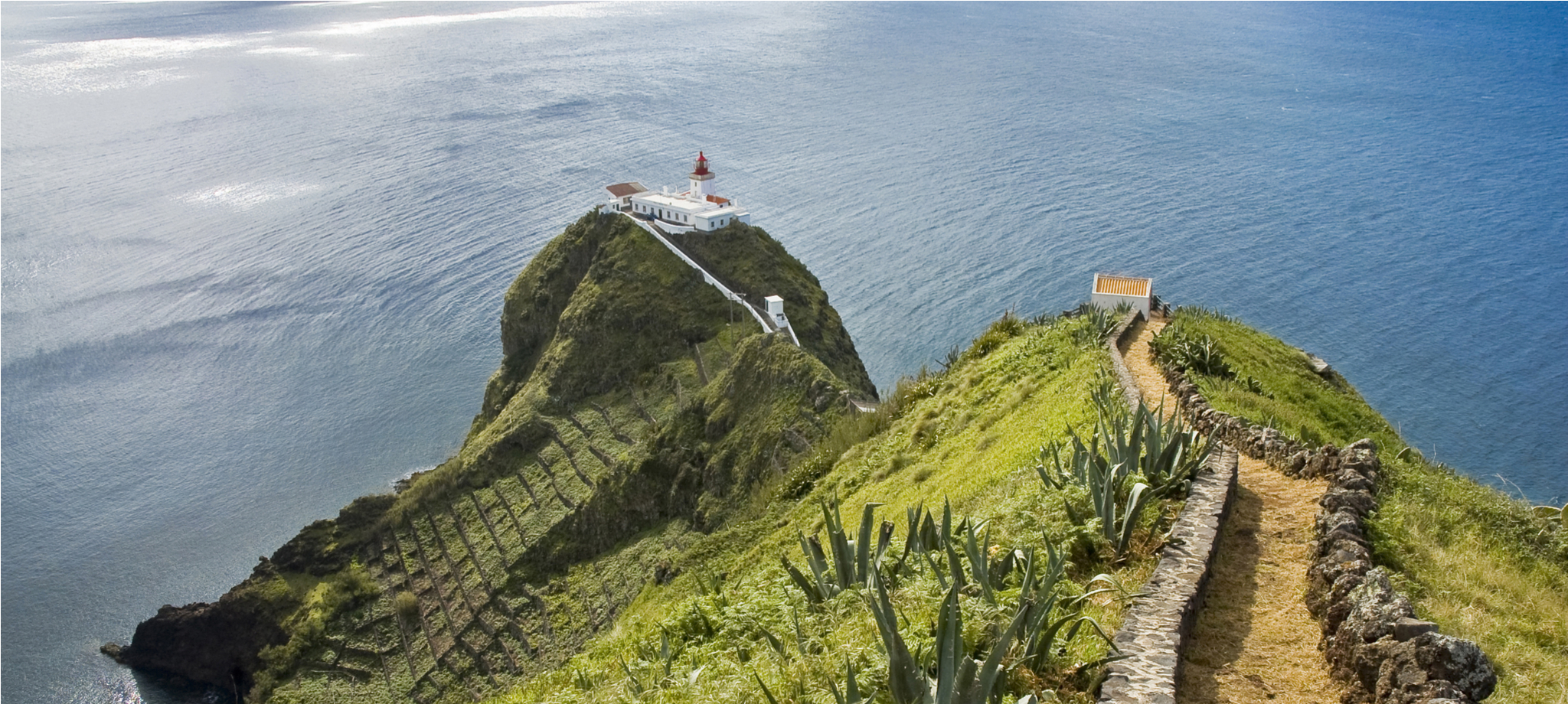The history of Pico Island, Azores
Pico Island has a history dating back to the mid-15th century. The island’s development was shaped by the arrival of settlers, the cultivation of fertile volcanic land, and economic activities like wine production and whaling. The island’s journey through time is marked by resilience, adaptation, and an enduring connection to the land and sea.
Early settlement and agricultural beginnings
The first steps toward settlement on Pico Island began around 1460 when cattle were introduced to the island to prepare for human habitation. Pico genealogy is deeply connected to the island’s early settlers, primarily from northern Portugal. The fertile volcanic soil of Pico quickly became an agricultural hub for the early settlers, focusing on the cultivation of wheat and woad, a dye-producing plant that was exported to Flanders, influenced by trade connections with neighboring Faial Island.
The first towns
Pico’s first official town was Lajes, followed by São Roque in 1542. These towns became the centers of early economic activity, and settlers began to diversify their agricultural efforts. The island’s proximity to Faial fostered the development of trade routes, particularly through Madalena, which later became a key port town for exports and a residence for wealthy vineyard owners.
The growth of wine production
By the 16th century, Pico expanded beyond basic agriculture and established itself as a major wine producer. The island’s volcanic soil proved ideal for growing grapes, and the cultivation of verdelho wine became a cornerstone of Pico’s economy. This wine gained international fame over the next two centuries, with exports reaching England, America, and even the Russian court, where it was enjoyed by the Czars. The labor-intensive process of turning the island’s lava fields into vineyards paid off, as Pico’s wine became a symbol of both local pride and global prestige.
These wines are one of the delights to taste in the island’s gastronomy, and its vineyards are an incredible place to explore.
Challenges in wine production
However, Pico’s thriving wine industry faced a significant setback in the mid-19th century. The oidium fungus, also known as powdery mildew, devastated the island’s vineyards, severely impacting wine production. Recovery was slow, with the introduction of new grape varieties and shoots helping to restore the industry over time.
Volcanic eruptions and geographic impact
The island’s geological history is marked by volcanic activity, with notable eruptions in the 18th century. These eruptions shaped much of the island’s rugged landscape, leaving behind vast fields of volcanic rock. Despite the challenges presented by these eruptions, Pico’s residents worked tirelessly to cultivate the lava beds, transforming them into fertile orchards and vineyards.
In 1723, the town of Madalena was officially recognized, further cementing its role as a key economic hub on the island. Its strategic location as a port connecting Pico to Faial helped the town flourish, particularly through its involvement in wine production and trade.
The rise of whaling in Pico
Pico Island’s connection to the sea took on a new dimension at the end of the 18th century with the arrival of American whalers in the waters surrounding the Azores. This marked the beginning of Pico’s involvement in whaling, an industry that would become central to the island’s economy for over a century. The island’s residents quickly adapted to the whaling industry, building ships, training crews, and setting out on expeditions to hunt sperm whales.
Whaling brought significant wealth to Pico and led to the establishment of several whaling stations along the coast, particularly in Lajes and São Roque. The industry remained a major source of income for the island until the mid-20th century, when whale hunting was eventually phased out due to international regulations and changing views on conservation.
Economic and cultural evolution
After the decline of whaling, Pico adapted once again, focusing on agriculture, fishing, and wine production as the cornerstones of its economy. In recent decades, the island has embraced eco-tourism, with visitors drawn to its unique landscapes, rich cultural traditions, and outdoor activities, such as hiking Mount Pico and whale watching.
Pico’s UNESCO-listed vineyards are a testament to the island’s enduring connection to wine production, with modern efforts to restore and preserve these historic fields. Today, the island is celebrated for its high-quality wine, stunning volcanic landscapes, and the resilience of its people, who have weathered centuries of natural and economic challenges.
There is so much to see and do on this beautiful island! Enjoy it with the locals, check out our tour packages.

